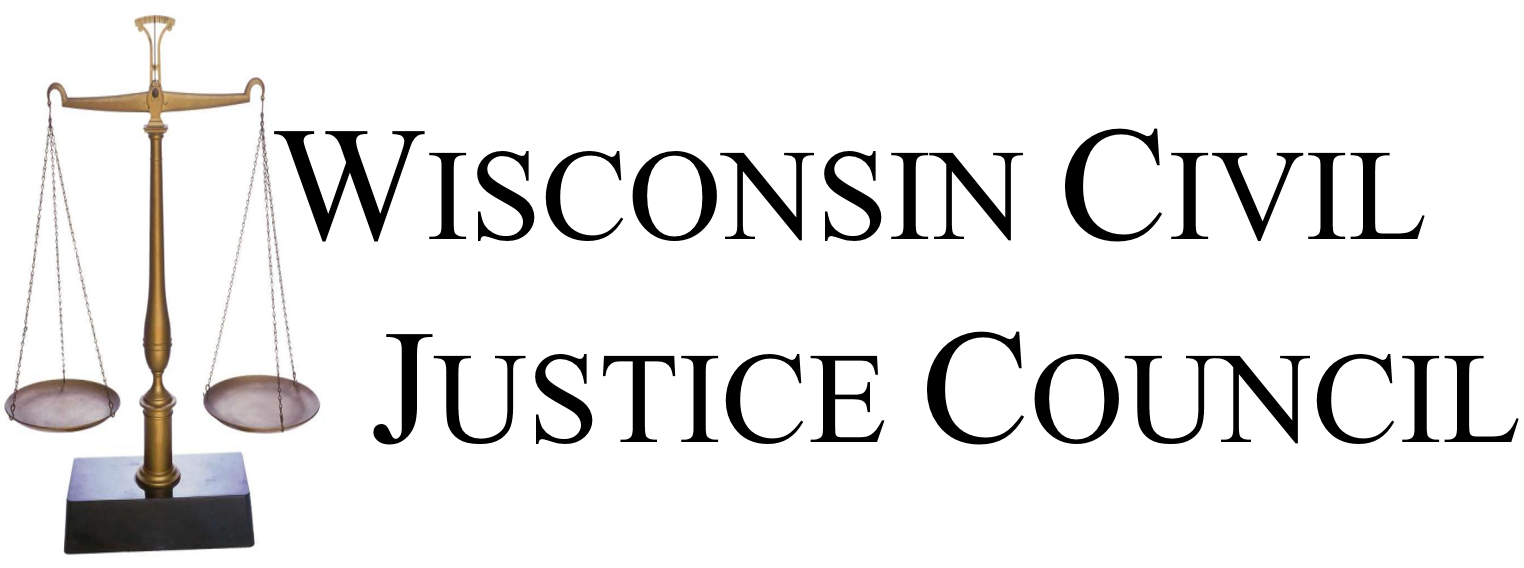This month, a federal court held a trial relitigating whether plaintiffs can hold companies liable for marketing and manufacturing lead paint before it became illegal in 1978. The plaintiffs’ case, currently in the Eastern District of Wisconsin under Milwaukee Judge Lynn Adelman, uses Wisconsin’s unique risk contribution theory of liability to allege defendant manufacturers caused their injuries, despite their inability to specifically link defendants’ products to their injuries.
Burton v. American Cyanamid et al.
The plaintiffs in this case allege they were injured from ingesting lead paint when they were children. They argue that, although they cannot identify the specific manufacturer of the paint that harmed them, the defendant lead paint manufacturers are liable under a risk contribution theory of liability. The risk contribution theory allows plaintiffs to hold defendants liable if they produced a harmful product that contributed to the general risk of injury to the public. Under the theory, plaintiffs no longer have to establish causation between a particular defendant and their injury.
The defendants argue the plaintiffs have not suffered actual injuries and, even if they did, they have no evidence linking them to specific manufacturers’ paints. Furthermore, the negligence of parents who failed to supervise the children who ingested lead paint chips and landlords who allowed lead paint to deteriorate were an intervening superseding cause of the plaintiffs’ injuries. Plaintiffs then failed to mitigate their damages with proper medical treatment for elevated blood poisoning levels. Even if the defendants did not properly warn of the risks of ingesting lead paint, the plaintiffs have not proved the failure to warn was a cause of their injuries.
Background on Lead Paint in Wisconsin
In 2005, the Wisconsin Supreme Court ruled in favor of plaintiffs using risk contribution theory in a similar case (Thomas v. Mallet). The decision allowed plaintiffs to hold manufacturers liable for contributing to the overall risk of lead poisoning, whether or not their paint specifically caused the injuries in question. The burden is placed on lead paint manufacturers to prove they did not produce or market lead paint during the relevant time period or in the geographical market.
In another case in 2010, a federal judge in the Eastern District ruled against plaintiffs, arguing it violates due process rights to hold manufacturers liable when plaintiffs cannot determine which manufacturer’s paint caused the injury. However, the 7th U.S. Circuit Court of Appeals reversed the decision in Gibson v. American Cyanamid (2014), allowing plaintiffs in Wisconsin to move forward with the overall risk contribution theory presented in this case.
Wisconsin is currently the only state to recognize risk contribution theory for lead paint poisoning. Meanwhile, some claims in other states, including Wisconsin, are going forward based on public nuisance theory.
